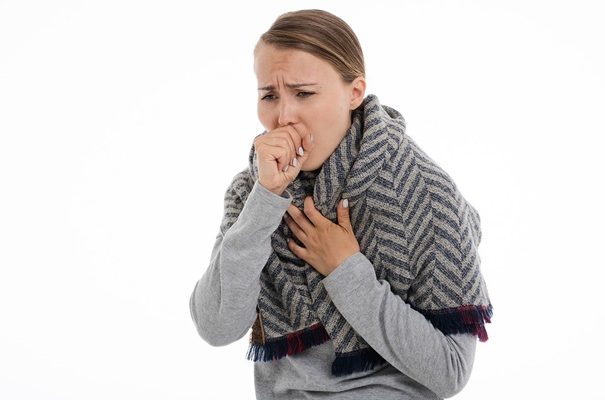Pulmonary Embolism
Pulmonary Embolism often referred to as PE, can be a serious medical condition that usually develops rapidly. PE is when a blood clot in a blood vessel, often the leg, that dislodges and travels back to the heart and into the lung artery-blocking blood flow to the lungs.
Your Circulatory System
When you think of the human body’s circulatory system, it is composed of the heart, arteries, veins and even little capillaries. Blood travels out of the heart with each pump into the arteries. From the arteries, the blood travels to the capillaries to the organs and tissues. Capillaries bring the blood back into the veins. One thing to remember is the pressure in the circulatory system lessens as it returns to the heart. When the blood slows, blood clots can form. Blood is required to clot to prevent bleeding. Usually, the body can break down the clot, but with a PE the clot is unable to be broken down. This can be due to the slowed blood back to the heart, an abnormality in clot forming or from an injury to the blood vessel itself.
Are you at Risk
Anyone can develop blood clots and subsequently a pulmonary embolism. However, certain factors can increase your risk. Two of the more common factors are listed below.
Medical History
Genetics can play an important role if you are at a risk for a blood clot. If you or anyone in your family have had a venous blood clot in the past, there is a greater chance for you to have a blood clot. This is due to inherited diseases that affect blood making it prone to clotting.
Prolonged Immobility
If you are inactive for a long period of time, blood clots are more likely to form. Being confined to bed for a long period of time due to surgery or serious illness puts you at risk. The flow in the veins slows even more than usual and can pool in your legs making you vulnerable for a blood clot. Also, long trips in a cramped sitting position such as on long plane rides or slow car trips can increase the formation of blood clots.
Other Risk Factors
Other things that can contribute to increased blood clotting is smoking, being overweight, estrogen supplements, pregnancy as well as certain medications.
Signs and Symptoms
With PE, each patient may experience symptoms differently, which is why it usually happens suddenly. Some of the common symptoms include:
- Shortness of Breath: this may appear suddenly and will worsen with exertion
- Chest Pain: the pain may increase with deep breaths and will not subside with rest
- Feeling anxious
- Feeling dizzy, lightheaded or faint
- Irregular heartbeat or a racing heart
- Cough: The cough may produce bloody or blood-streaked mucus
- Sweating
Prevention for Pulmonary Embolism
Prevention for pulmonary embolism is to avert blood clots from forming in your veins. Because of this, most medical practitioners are aggressive in treating blood blots with anti-coagulants. Regular exercise, a healthy diet and keeping a healthy weight can decrease your risk of blood clots. During long trips or long periods of inactivity, you can wear compression socks that compress the legs and aid in the circulation and blood flow, reducing the chance of the blood pooling.
Next Steps
Make sure you speak openly with your physician at your visits to discuss your concerns and medical history. Be honest when they ask about your activity levels.


